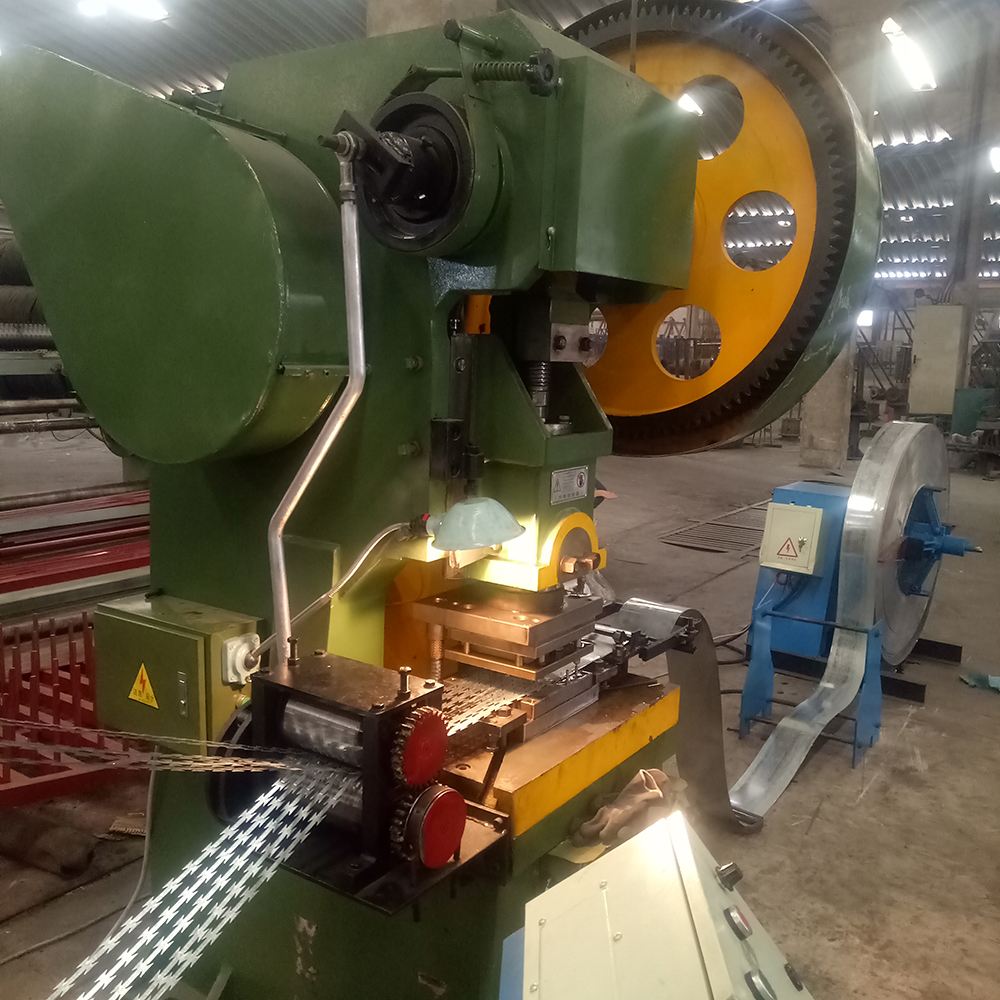Dec . 07, 2024 10:32 Back to list
Temporary Construction Site Fencing Solutions for Enhanced Safety and Security
Temporary Fencing for Construction Sites An Essential Component for Safety and Security
In the fast-paced world of construction, one of the paramount concerns is ensuring safety and security on the job site. Temporary fencing has emerged as a vital solution for managing these concerns effectively. It serves multiple purposes, from keeping unauthorized individuals out to protecting site materials and ensuring the safety of workers. This article explores the different types of temporary fencing available for construction sites, their benefits, and factors to consider when selecting the right solution for your project.
The Importance of Temporary Fencing
Construction sites are often bustling environments that pose various risks. One of the most significant risks is unauthorized access, which can lead to accidents, theft, or vandalism. Temporary fencing acts as a physical barrier, creating a secure perimeter that restricts access to only authorized personnel. This helps protect valuable equipment, materials, and even the public, ensuring that everyone remains safe during the construction process.
Types of Temporary Fencing
1. Chain Link Fencing This is one of the most common types of temporary fencing used on construction sites. Made from galvanized steel, chain link fencing provides a robust barrier that is easy to install and dismantle. It offers excellent visibility, allowing site managers to monitor activity both inside and outside the perimeter. Chain link fences can be supplemented with barbed wire to enhance security and deter potential intruders.
2. Mesh Fencing Similar to chain link fencing, mesh fencing is made from durable materials that offer a strong barrier while also providing visibility. It is often used for sites that require a higher level of security, as it can be constructed with security features like anti-climb measures. Mesh fences are lightweight, making them easy to transport and install, while still being effective in keeping unwanted visitors out.
3. Plastic Barrier Fencing This type of fencing is often used in smaller construction areas or events where a temporary barrier is needed that is less imposing than chain link or mesh options. Made from lightweight plastic, barrier fencing is typically bright in color and serves more as a visual deterrent than a physical barrier. It is ideal for managing crowds or demarcating areas without creating a heavy presence.
4. Wooden Fencing Although less common, wooden fencing can be used where aesthetics are a concern or in quieter areas where high levels of security are not a primary concern. Wooden fencing provides a solid barrier and can be painted or designed to suit the site’s appearance. However, it typically requires more maintenance and may not offer the same level of security as metal options.
Benefits of Temporary Fencing
- Safety The primary benefit of temporary fencing is enhanced safety. By restricting access, it minimizes the risk of accidents involving unauthorized personnel or curious passersby.
temporary fencing for construction site products

- Cost-Effectiveness Installing permanent fencing solutions can be prohibitively expensive and time-consuming
. Temporary fencing offers a flexible, economical alternative that can be taken down and reused or relocated as needed.- Flexibility Temporary fencing can be easily adjusted or relocated based on the specific needs of the construction site. As the project progresses, the fencing can be modified to accommodate changing site layouts.
- Durability High-quality temporary fencing is designed to withstand weather elements and rough use. This ensures that the barriers remain intact throughout the duration of the project.
Factors to Consider When Choosing Temporary Fencing
When selecting temporary fencing for a construction site, several factors should be taken into account
- Type of Construction Different projects may have different security needs based on their scale and scope.
- Location The surroundings of the construction site can influence the type of fencing required. Urban locations may require more robust solutions compared to rural areas.
- Budget Consideration of the project budget will determine the feasibility of different fencing options.
- Installation and Removal Choose fencing that can be quickly installed and removed to minimize downtime on the project.
Conclusion
In conclusion, temporary fencing is a crucial element of construction site management that enhances safety, security, and organization. With various types available to meet diverse needs, construction managers can select the appropriate fencing solution that aligns with their project's requirements. By prioritizing the use of temporary fencing, construction sites can operate with a greater sense of safety, ultimately leading to more efficient project execution.
-
358 Anti Climb Welded Wire Mesh Fence - Secure Perimeter Defense
NewsAug.02,2025
-
Durable Hot-Dip Galvanized Farm Field Wire Fence | Farm Security
NewsAug.01,2025
-
Temporary Fencing Solutions-Anping County Xingzhi Metal Wiremesh Products Co.,Ltd
NewsJul.31,2025
-
Hop Dipped Galvanized / PVC Coated Temporary Fence - Anping County Xingzhi Metal Wiremesh Products Co., Ltd.|Durable Temporary Fencing&Cost-Effective Security Solutions
NewsJul.31,2025
-
Hop Dipped Galvanized / PVC Coated Temporary Fence-Anping County Xingzhi Metal Wiremesh Products Co., Ltd|durable temporary fencing&corrosion-resistant solutions
NewsJul.31,2025
-
Temporary Fencing Solutions - Anping County Xingzhi Metal | Galvanized PVC Coated Fences
NewsJul.31,2025



